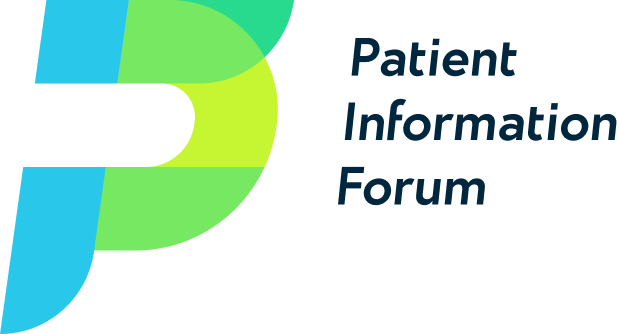PIF member Guy's and St Thomas' NHS Foundation Trust has launched a new website, developed with patients and with accessibility at its heart. Patient information manager Stephanie Jury tells us more.
For the past two years, we’ve been evolving our information service at Guy’s and St Thomas’ in preparation for a new website.
Our vision was to create a platform providing clear, digestible, well-structured and accessible content, while also supporting a printed format for people at risk of digital exclusion.
Our new website launched this month, with a library of health information resources available to health professionals and the public.
Specific pages are linked at appropriate points across the site, giving timely and important information to patients, helping them find the guidance they need.
Our easy read section has been designed to meet established best practice for easy read materials, but in an accessible online format.
It also includes leaflets for download and print.
Patient involvement
Patients were involved in developing the new website from the outset.
The new website is informed by their feedback and our first principle is to put their needs first.
We listened to their preferences, which included a visually clear and easy-to-navigate site.
We used evidence-based design principles set out in the NHS digital service manual to build components that should help deliver engaging, inclusive, and easy-to-understand content.
We’ll continue to test our content with people who use our services and make changes based on what they tell us.
Having our information on webpages means we can use a range of analytics to enhance it, and we’ll make this a standard part of our review process.
Using content design principles, such as identifying a user need and acceptance criteria from the start, will allow us to measure success much more effectively.
Accessibility
Accessibility has been at the heart of this transformation.
As an NHS Trust, we know many of our patients will have short-term or long-term disabilities, or might be going through fatiguing treatment, or periods of distress and shock.
This underpins the need for information that’s accessible by design.
Moving away from using PDFs has been a cultural change for our colleagues.
While many are supportive, part of our responsibility has been to help people understand why this change is so important.
No-one is left behind
The new website has given us a unique opportunity to truly embrace our Trust value of ‘putting patients first’.
While the project has been a mammoth undertaking, we’re committed to ensuring our patients get the best experience when using our information.
We know clear, accessible and inclusive information can make all the difference in helping patients to manage anxiety, make decisions about their care, use our services appropriately, and can narrow the gap in health inequalities.
Our aim is to give people more choice about how they access information, so that no one is left behind.
If you have any feedback, we would love to hear it.
Please email [javascript protected email address].

